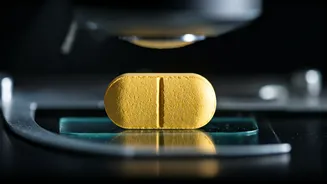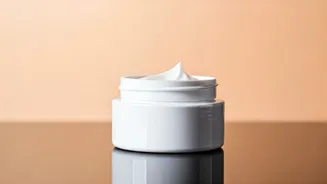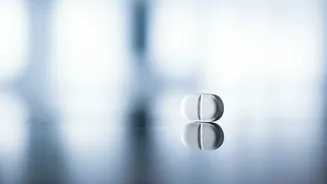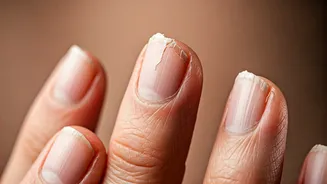Serum Ingredients Unveiled
Many hair regrowth serums often highlight specific ingredients they believe drive effectiveness. These can commonly include Minoxidil, a vasodilator, known
for its ability to widen blood vessels, which in turn, can help bring more nutrients to hair follicles. Finasteride, another key ingredient, may also be included in some serums, acting as a DHT blocker. DHT (dihydrotestosterone) is a hormone known to shrink hair follicles. Other ingredients include vitamins such as biotin, and various peptides, often included to stimulate hair follicle activity. These ingredients may also include natural extracts like saw palmetto, which may have DHT-blocking properties. The effectiveness of each ingredient and the blend in the serum is highly dependent on individual factors such as the cause of hair loss, age, and genetics. It’s always important to review the full ingredient list and consult a healthcare professional, especially if you have pre-existing medical conditions or are taking any other medications.
How Serums Function
The method by which these serums are designed to work is rooted in biological processes. Primarily, the focus is on stimulating hair follicles and reducing the factors that inhibit hair growth. Minoxidil, for example, is thought to promote blood flow to the scalp, thus enhancing nutrient delivery to hair follicles. By doing so, it extends the growth phase of hair follicles, leading to longer, thicker hair. Finasteride operates differently, working to block the conversion of testosterone into DHT, thereby reducing the impact of DHT on hair follicles. This can help prevent the miniaturization of hair follicles, which is a key contributor to male pattern baldness. Vitamin and peptide-based ingredients offer additional support, providing essential nutrients for hair health and signalling the hair follicles to maintain growth. The ultimate result is that these combined effects aim to create an environment more conducive to hair regrowth and maintenance.
Real Expectations, Timeline
The claim of noticeable hair regrowth within 20 days should be approached with caution. While some users may experience early signs of new hair growth, significant and visible changes often take longer. Individual results can vary significantly due to differences in causes of hair loss, genetic factors, age, and overall health. For example, hair growth follows a natural cycle, and any serum’s effectiveness is dependent on how well it works within these cycles. In general, initial improvements, such as decreased hair shedding and thicker hair strands, may be noticed within a few weeks or months of consistent use. However, achieving substantial hair regrowth—increased hair density and coverage—is typically a process that spans several months, as the hair follicles need time to be stimulated and produce new hair. The 20-day timeframe is therefore a benchmark against which the product's effectiveness should be critically measured, bearing in mind that the impact of a serum depends on many complex factors.
Factors Influencing Results
Several elements play key roles in determining the effectiveness of hair regrowth serums. The root cause of hair loss is a fundamental factor. Serums work differently depending on whether hair loss is due to genetics, hormonal imbalances, nutritional deficiencies, or other factors. The type of hair loss and its severity greatly impact outcomes. Someone with mild thinning might see noticeable improvements more quickly compared to someone with advanced hair loss. The formulation of the serum itself is critical. The concentration and combination of active ingredients must be effective for the individual's needs. How well the serum is applied is also important, as proper application guarantees that the ingredients reach the hair follicles. Lifestyle choices, including diet, exercise, and stress levels, can impact overall hair health, indirectly affecting the serum's performance. Consistency and persistence in application are also essential; serums usually work best when used daily as per the manufacturer's directions.
Limitations and Considerations
It is important to acknowledge that hair regrowth serums have limitations. Not all types of hair loss are treatable with these products. For example, hair loss due to scarring alopecia might not respond to serum treatments. The severity of hair loss also plays a role. Serums may be more effective in the early stages of hair loss, and their efficacy could decrease in cases of advanced baldness. Potential side effects are a consideration. Skin irritation, itching, and unwanted hair growth in other areas are possible, so users should be aware of potential reactions. Moreover, maintaining realistic expectations about the outcomes is important. While these serums can promote hair regrowth, they're not a guaranteed cure, and results vary. Consulting a healthcare professional before starting any treatment is advisable to determine if it is right for you, taking into account any pre-existing medical conditions or medications.














